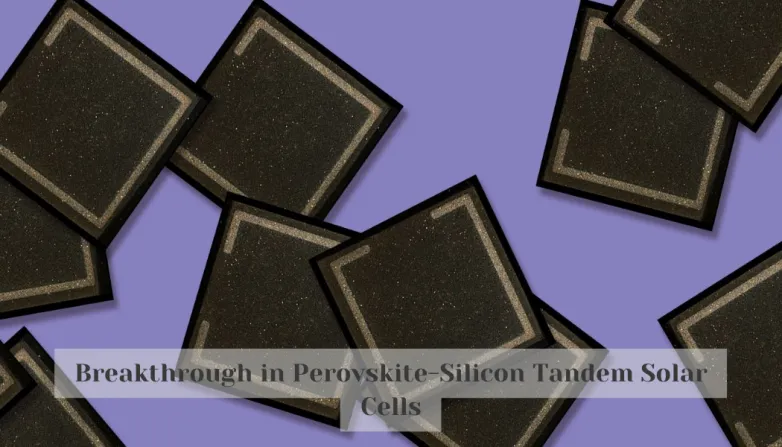Breakthrough in Perovskite-Silicon Tandem Solar Cells
- Discover the breakthrough findings of two new studies about highly efficient tandem solar cells using perovskite-silicon: a phosphonic acid additive to improve crystallization and an ionic liquid to enhance charge extraction, reaching up to 31.2% and 32.5% power conversion efficiencies.

Two new studies have demonstrated novel methods for fabricating high-performance perovskite-silicon tandem solar cells with power conversion efficiencies exceeding 30%. Xin Yu Chin from Ecole Polytechnique Fédérale de Lausanne (EPFL) and colleagues used phosphonic acid additives during the processing sequence to improve perovskite crystallization and reduce recombination losses, resulting in a device with a certified PCE of 31.2%. Silvia Mariotti from Helmholtz-Zentrum Berlin (HZB) and colleagues used an ionic liquid to enhance charge extraction at the interface, producing a device with an open circuit voltage of up to 2.0 volts and a certified PCE of up to 32.5%. These studies show that the combination of perovskite and silicon solar cells could provide a promising path toward high-performance photovoltaics.
What Methods Lead to High-Performance Perovskite-Silicon Tandem Cells?
- Utilizing perovskite-silicon tandem solar cells can help reduce carbon emissions by eliminating the use of fossil fuels in power production.
- The combination of perovskite and silicon solar cells could reduce carbon emissions by harnessing the power of the sun to generate electricity, with the potential to offset greenhouse gas emissions.
- The use of phosphonic acid additives during the processing sequence can help improve perovskite crystallization and reduce recombination losses, resulting in higher efficiency and a greater potential to reduce carbon emissions.
- Using an ionic liquid to enhance charge extraction at the interface can help increase open circuit voltage and increase efficiency, leading to more electricity generated and potential reduced carbon emissions.
- The installation of a solar park could provide a large-scale installation of high-efficiency photovoltaic cells, helping to reduce carbon emissions and offset the use of fossil fuels.
Also read


